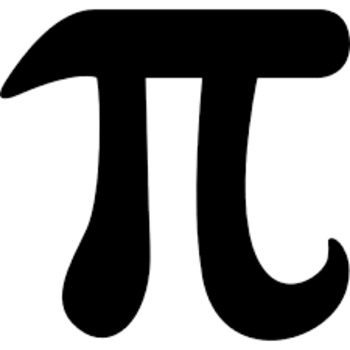Question #705e3
2 Answers
Factorising
Explanation:
If you factorise this polynomial, you will get:
The quadratic is a special one because it is the difference of two squares i.e. a square number minus another square number. When you spot this, you can factorise it further:
giving you
These are the three points where the graph crosses the x axis (0, -3 and 3 respectively) and if you do f(0) (or put x = 0) that gives you the y intercept which is 0 in this case.
Also remember that positive cubics have a kind of capital N shape when sketching (but it's curved :) )
Explanation:
#"since this is in the geometry section I will not use calculus"#
#"find the x-intercepts (roots ) by equating to zero"#
#rArrx^3-9x=0larr" now factorise"#
#rArrx(x^2-9)=0larr x^2-9" is difference of squares"#
#rArrx(x-3)(x+3)=0#
#"equate each factor to zero"#
#x=0rArrx=0#
#x-3=0rArrx=3#
#x+3=0rArrx=-3#
#"since polynomial is of degree 3 (highest power of x ) "#
#"and has a positive leading coefficient "#
#"then graph starts down and ends up"#
#"we can choose values of x between the roots as an "#
#"indication of the shape of the graph"#
#f(-1)=-1+9=8larrcolor(red)" above x-axis"#
#f(1)=1-9=-8larrcolor(red)" below x-axis"#
graph{x^3-9x [-20, 20, -10, 10]}

